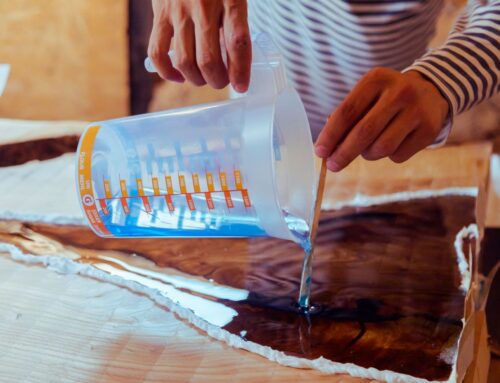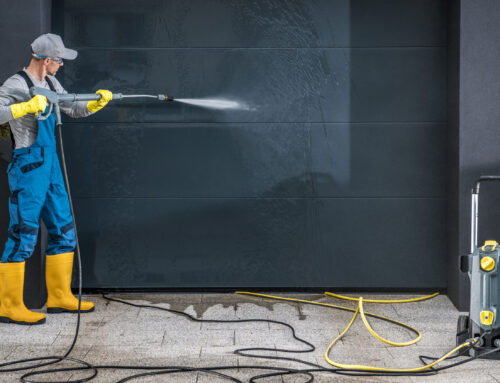Sandblasting uses high pressure to clean surfaces by removing imperfections with abrasive blasting material and pressurized air. Commercial sandblasting can be used to remove paint, corrosion, rust and more from to create a smooth surface.
What is Sandblasting?
Sandblasting is a process that uses abrasive particles and an air compressor through a blasting machine to remove imperfections, clean and prepare surfaces. The process allows for quick removal of rust, paint, oil and corrosives from the surface, preparing it for industrial paint jobs and more.
It is important to note that this process does not need to use sand, It can be done with glass beads, walnut shells, metal, water and more. The compressed air creates a lot of pressure in the vessel, creating friction to scour over a surface.
Painting and sandblasting are often part of the industrial painting process. The sand blasting will prepare the surface to be painted by removing anything that may cause the protective coating to fail.
How Does Sandblasting Work?
Shot blasting works by using high pressure and friction to remove unwanted materials from a surface, typically concrete or metal. You may also hear sandblasting referred to as bead blasting.
The key to how these work is in the sandblast cabinet – although not necessary for all jobs, it is commonly used during the process. The blast cabinet, simply speaking, is just a leak proof container designed as a safe area for the pieces to be cleaned, the blasting equipment and the abrasive medium.
These cabinets ensure the safety of the process and will keep the medium contained within. Leaks can not only be messy, but they are oftentimes very dangerous.
Reasons Sandblasting is an Essential Process.
They include:
Sandblasting Prepares Surfaces
One of most commonly used applications for sandblasting is to prepare a surface for paint. The blasting process is a great way to smooth out the surface and allow the paint to go on as smooth as possible.
The bead blasting process will remove any rough spots and allow the paint to glide over a surface for a smooth finish. The abrasive medium will remove any imperfections on the surface and prime it for paint.
Removes Rust and Contaminants
Sandblasting can also remove rust and other contaminants, such as oil, grease and corrosives, from a surface. Bead blasting can quickly remove these imperfections, even ones that are stubborn and hard to remove through other cleaning processes.
Another great way to use sandblasting is to remove rust. Rust is often hard to remove from surfaces without damaging them. This process will restore the surface to its pre-rusted glory, without causing pitting and bumps.
Using sandblasting on oxidized metal will leave behind a smooth surface ready for a new coat of paint.
Saves Time
Another reason the process is so great is that it saves time and is cost-effective. Many other ways to prepare surfaces are costly and difficult. Sandblasting is a relatively quick and efficient way to clean and prep surfaces.
In addition, there are many different levels of abrasive media, meaning that some softer surfaces can benefit from sandblasting.
The entire process is relatively quick, allowing you to get back to business as usual as quickly as possible. Depending on the size of the surface that needs cleaning, using a sandblaster can actually save hours on what was once a manual cleaning job.
A good rule of thumb is that using a shot blaster will save you time, especially if you have a lot of equipment or very large equipment to clean.
Safe and Non-Toxic
The final reason sandblasting is an essential process is that it is non-toxic and safe. Many other cleaning processes require the use of very harsh, toxic chemicals and multiple steps to remove impurities and imperfections.
These chemicals are often hazardous and dangerous for humans to breathe in. Sandblasting is a non-toxic power washing process.
Ready to Get Started?
Have questions about your project or need a quote? We’ve got someone ready to help you.



